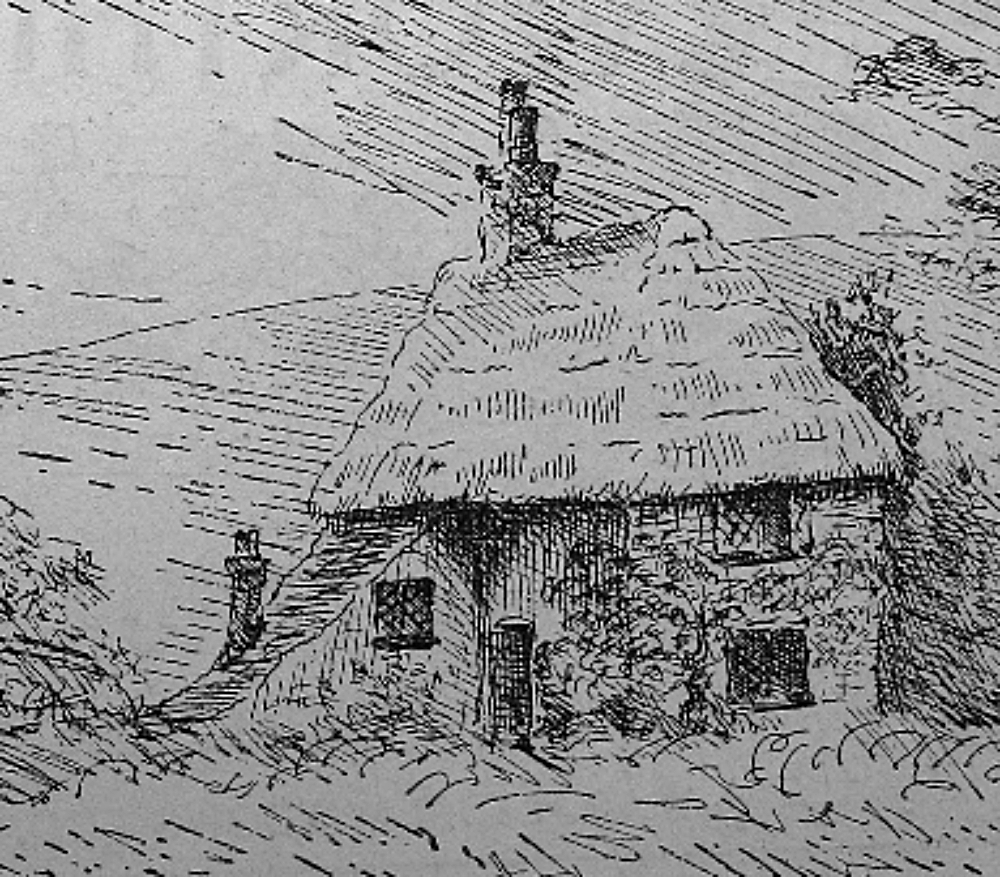Plague and the Pesthouse
NORTH of Findon village, up an inconspicuous track running to the east of the Worthing-Horsham road near Worthing Crematorium, a couple of pleasant farm cottages nestle in a hollow of the Downs. Their walls are of ancient Sussex flint and their gardens a rainbow of flowers. So the name on the gatepost, over a green letterbox, comes as a shock. It’s called “Pesthouse”.

Pesthouse is defined in the Oxford Dictionary as “a hospital for plague victims”.
Strange but true.
More than 100 years ago, these pretty South Downs cottages were one and had the role of pesthouse for the Worthing area, its unfortunate inmates being the victims of serious transmissible diseases, who were committed to complete isolation until they died or – in rare cases – recovered.
It was the forerunner of the modern isolation hospital, though those confined there could only hope for a cure achieved by nature, if at all. Isolated it certainly was, hidden away in the wildest, most desolate part of the Downs, to which those stricken by the plague were transported by horse-drawn cart.
They came from villages like Broadwater and Tarring infected by travellers from overseas, or by those who fled from plague-infested London.
For centuries, any group of cottages on the outskirts of a town, with an adjoining chapel, would suggest to the traveller the local pesthouse,
Samuel Pepys refers to them in his diary for 1660-69, the period for the last great outbreak of the plague in London.
It raged throughout the summer of 1665, gradually intensifying with a death rate of three, four, 5,000 a week until, in the third week of September alone, between 8,000 and 12,000 men, women and children died in London, where the population before the out-break had been estimated at 500,000.
The disease spread from London into the country and, doubtless, filled the little pesthouse at Findon.
Nancy Price, actor, producer, author and conservationist, who lived at High Salvington, between the two world wars, said: “In all my walking all over England, I have never come across another pesthouse.”
She wrote about it in her book, “The Heart of a Vagabond”.
“It may have been here in the 14th century, when nearly half the population of the country died from plague,” she said.
Taking up the theme in his “Fragments of Findon”, Hugh Wyatt recorded: “Our pesthouse was the last dwelling house in Findon to lose its straw-thatched roof.”
A little over a century ago, the borough of Worthing took over Swandean House, just north of the Arundel Road, and converted that into the area’s Municipal Isolation Hospital.
“Pesthouse” was eventually modernised and prettily painted, the name on the gate and the old flint walls being all that remained to remind the occasional passer-by of a grim and tragic past.